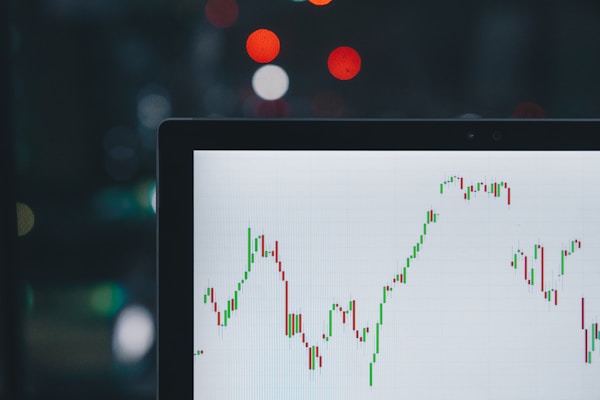Investing is an intimidating and often confusing process. From the basics of understanding how investments work to knowing the best way to get started, it can seem overwhelming and out of reach. But with the right information and guidance, investing can be a great way to build long-term financial security. In this blog post, we’ll discuss the best way to get started investing and how to make sure you make the right investments for your needs. Keep reading to learn more.
How can finance charts help you when you’re starting to invest?

Finance charts play an important role when starting to invest. While making investment choices, it’s important to have all the necessary data. Finance charts visually represent how a particular investment has performed in the past and how it’s likely to perform in the future. This can help in estimating the risks and returns associated with the investment.
Finance charts are also used to compare different investment types and decide which is the best for the investor. The data represented in the charts can help identify market trends and make investment choices accordingly. There are many different types of finance charts, but the most common are line, bar, and candlestick.
- Line graphs are commonly used to display the trend of a particular investment. The line graph shows the movement of the asset over a period of time. The graph’s y-axis displays the investment value, while the x-axis indicates the time. The line graph is especially useful for identifying the trend of the investment.
- Bar graphs are used to compare the performance of two or more investments. The bar graph displays the investment value as bars, and the length of the bar is proportional to the investment value. This graph is useful in identifying which investment has performed better than the others.
- Candlestick charts show the performance of a security or portfolio over time as candles. Each candle’s body represents how much value that security or portfolio has gained or lost during that period. The wicks on either end represent how high or low the price went during that time period. Candlestick charts usually give you more information than line and bar charts since they show both price movements and total values.
What are the different types of investment vehicles?

Investment vehicles are the means by which an investor can purchase assets or securities. Investors need to understand the different kinds of investment vehicles available to them to make informed decisions about how to invest their money best.
The most common type of investment vehicle is a mutual fund. A mutual fund is a collection of stocks, bonds, and other securities that are pooled together and managed by a professional money manager. Investors buy shares in the mutual fund, and the fund’s earnings are distributed among those shareholders. Mutual funds offer investors various investment options, and they are relatively low-risk investments.
Another common type of investment vehicle is an exchange-traded fund (ETF). ETFs are similar to mutual funds in that they pool together various securities into one portfolio; however, ETFs trade on exchanges just like stocks do. This makes them more flexible than mutual funds; investors can buy and sell ETFs throughout the day instead of only at the end of the day when mutual funds’ prices are set. ETFs also tend to have lower fees than mutual funds.
There are also several individual stocks available for purchase, which offer investors the opportunity to invest in specific companies rather than investing in a diversified portfolio like with a mutual fund or an ETF. However, investing in individual stocks is riskier than investing in other types of investment vehicles because stock prices can rise or fall dramatically over short periods of time. Additionally, it can be difficult for individual investors to research all the potential investment opportunities available within the stock market.
Overall, investing is an important tool for beginners to build their wealth. By investing in a mix of stocks, bonds, and other vehicles, beginners can grow their money over time and build a nest egg for the future. While some risk is associated with investing, beginners can minimize that risk by investing in a diversified portfolio and following a long-term plan.










